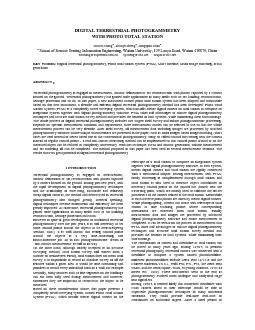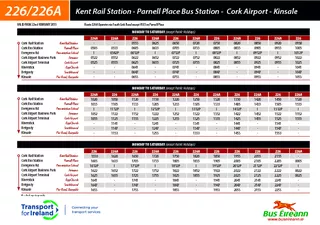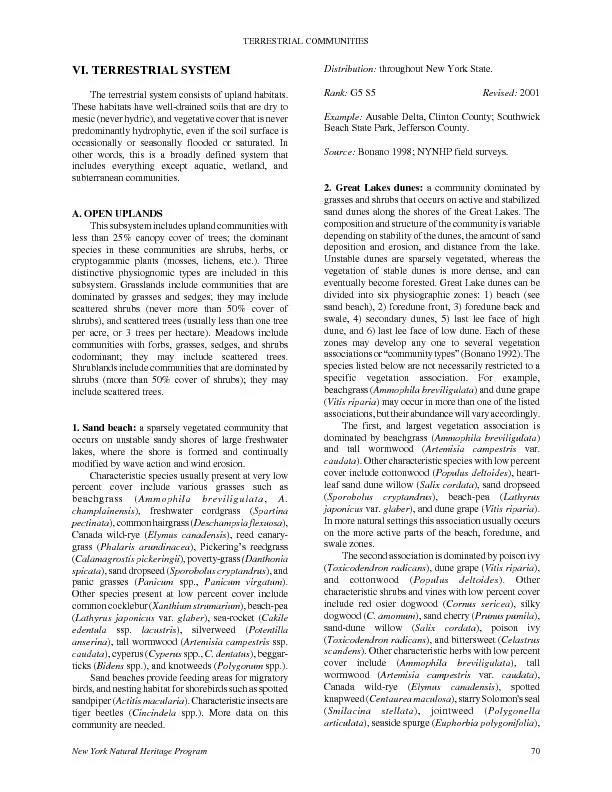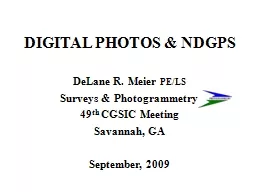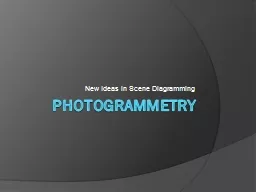PDF-DIGITAL TERRESTRIAL PHOTOGRAMMETRY WITH PHOTO TOTAL STATION Zuxun Z
Author : yoshiko-marsland | Published Date : 2015-11-13
1 INTRODUCTION Terrestrial photogrammetry is engaged in measurement contour delineation or 3D reconstruction with photos captured by a camera located on the ground
Presentation Embed Code
Download Presentation
Download Presentation The PPT/PDF document "DIGITAL TERRESTRIAL PHOTOGRAMMETRY WITH..." is the property of its rightful owner. Permission is granted to download and print the materials on this website for personal, non-commercial use only, and to display it on your personal computer provided you do not modify the materials and that you retain all copyright notices contained in the materials. By downloading content from our website, you accept the terms of this agreement.
DIGITAL TERRESTRIAL PHOTOGRAMMETRY WITH PHOTO TOTAL STATION Zuxun Z: Transcript
Download Rules Of Document
"DIGITAL TERRESTRIAL PHOTOGRAMMETRY WITH PHOTO TOTAL STATION Zuxun Z"The content belongs to its owner. You may download and print it for personal use, without modification, and keep all copyright notices. By downloading, you agree to these terms.
Related Documents

